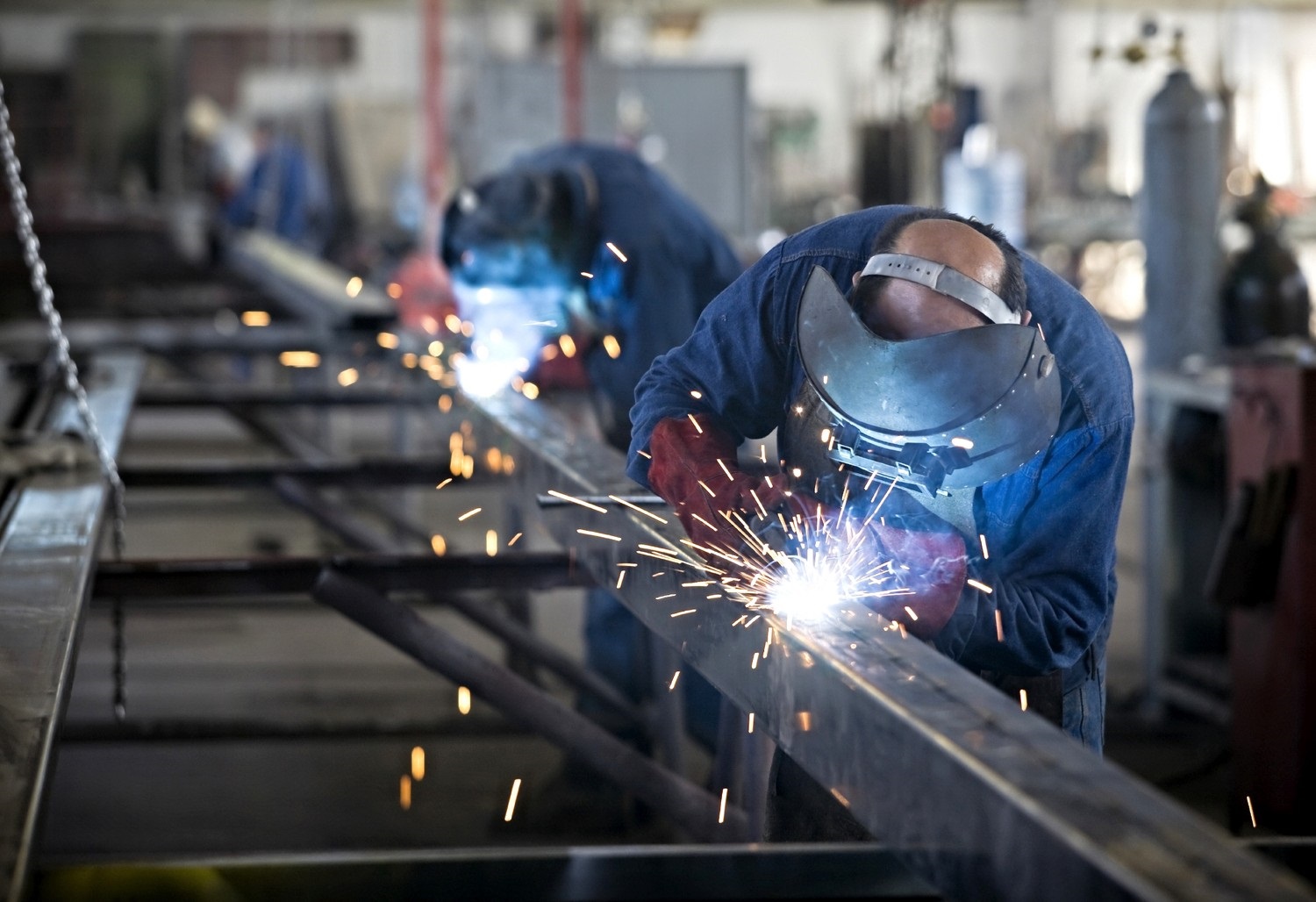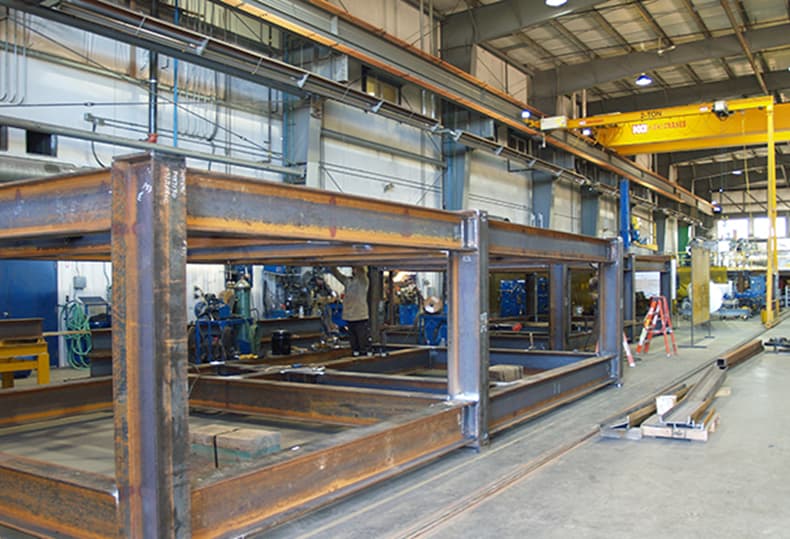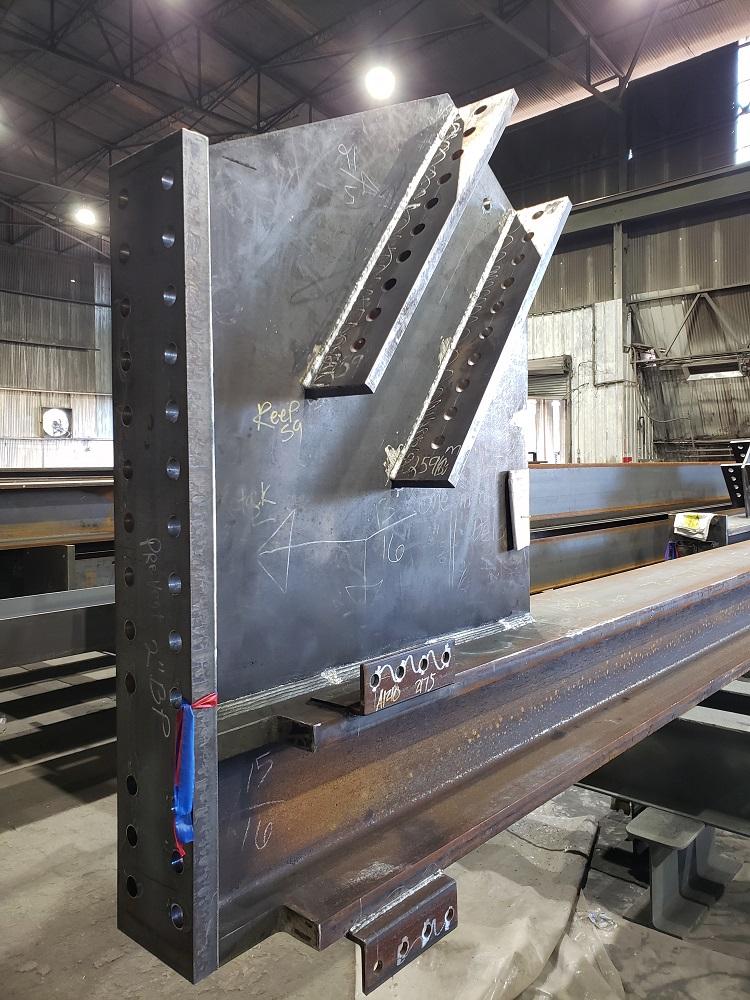Cutting-edge Trends in Steel Fabrication: Enhancing Resilience and Precision
In the world of steel manufacture, the pursuit of sturdiness and accuracy has actually led to a wave of cutting-edge trends that are reshaping the market. These patterns are not just shaping the existing however likewise laying the foundation for the future of steel manufacture, guaranteeing additional improvements in durability and precision.
Advanced Welding Technologies
In the realm of steel fabrication, the fostering of sophisticated welding innovations has considerably reinvented the industry's strategy to achieving superior quality and precision in architectural welds. Advanced welding technologies, such as laser beam of light welding and rubbing stir welding, have arised as game-changers in the area. By leveraging these sophisticated welding strategies, steel fabricators can raise the resilience, toughness, and precision of their architectural welds, fulfilling the increasingly requiring demands of modern-day building projects.
Robot Automation in Fabrication
Accepting robotic automation has actually become a cornerstone of contemporary steel manufacture practices, improving and simplifying processes performance throughout the market. Robotics are transforming the method steel elements are manufactured, providing exceptional accuracy and rate while lowering human error. These automated systems can handle repetitive jobs with regular precision, leading to higher quality end items.
One key benefit of robot automation in steel fabrication is the capacity to work all the time without fatigue, considerably boosting manufacturing result. This constant procedure lessens downtime and speeds up job timelines, ultimately saving expenses for manufacturers. Additionally, robotics can be set to execute intricate tasks that might be dangerous or difficult for human employees, improving safety in the workplace.
In addition, robotic automation makes it possible for seamless combination with other digital modern technologies, such as computer-aided design (CAD) software program and Internet of Things (IoT) systems (metal fabrication melbourne). This interconnected strategy improves interaction between different stages of manufacture, optimizing process and guaranteeing real-time tracking and control. As the steel manufacture industry remains to progress, robotic automation stands apart as a transformative force driving effectiveness and accuracy in manufacturing processes

High-Strength Alloy Advancement
The advancement of high-strength alloy development in steel construction is reshaping the market's technique to boosting product toughness and performance. High-strength alloys are engineered to display exceptional mechanical buildings, such as enhanced tensile stamina, strength, and corrosion resistance contrasted to typical steel grades. By incorporating these sophisticated alloys right into manufacture procedures, suppliers can generate elements that hold up against greater tension levels and rough settings, leading to even more resilient and reputable final product.
One trick advantage of high-strength alloy advancement is the ability to reduce product thickness without compromising architectural stability. This not only causes lighter-weight elements but additionally adds to set you back savings and improved efficiency in fabrication and assembly processes. Moreover, the improved strength-to-weight ratio of these alloys permits for the style and building and construction of structures with greater load-bearing capabilities while lessening total weight.
3D Modeling and Simulation Software Program
Innovations in like it steel manufacture procedures have actually been significantly thrust by the assimilation of sophisticated 3D modeling and simulation software program devices. These tools enable fabricators to develop comprehensive online versions of their tasks, allowing them to envision the last item with precision before any physical work starts.

Lasting Practices in Steel Production
Incorporating sustainable techniques into steel manufacturing processes is important for decreasing environmental influence and ensuring long-term resource availability. One crucial lasting method is the adoption of energy-efficient innovations to reduce greenhouse gas exhausts during the steel production process. This includes making use of renewable resource resources, such as solar or wind power, to power steel plants and carrying out energy-efficient tools to maximize power use.
An additional critical aspect of lasting steel manufacturing is the responsible sourcing of raw materials. This entails ensuring that the iron ore and other sources used in steelmaking are obtained from eco pleasant and moral resources. By promoting openness in the supply chain and sticking to rigorous ecological criteria, steel suppliers can minimize the unfavorable effects of source removal on regional ecosystems and communities.

Final Thought
Finally, the ingenious trends in steel fabrication such as innovative welding innovations, robotic automation, high-strength alloy growth, 3D modeling and simulation software application, and sustainable methods are improving the durability and precision of steel items. These developments are transforming the steel construction sector by enhancing quality, efficiency, and sustainability. It is clear that the future of steel manufacture depends on welcoming these innovative modern technologies to meet the needs of contemporary building and construction and manufacturing sectors.
In the realm of steel construction, the search of resilience and accuracy has led visit to a wave of cutting-edge patterns that are reshaping the industry.In the realm of steel construction, the fostering of advanced welding modern technologies has significantly reinvented the market's strategy to achieving remarkable top quality browse around this web-site and precision in structural welds. As the steel fabrication industry continues to advance, robotic automation stands out as a transformative pressure driving efficiency and accuracy in manufacturing processes.
Moreover, reusing and recycling steel scrap and waste materials play a considerable duty in boosting the sustainability of steel production. steel fabricators melbourne.In verdict, the ingenious trends in steel manufacture such as innovative welding technologies, robotic automation, high-strength alloy growth, 3D modeling and simulation software, and sustainable practices are boosting the longevity and accuracy of steel items